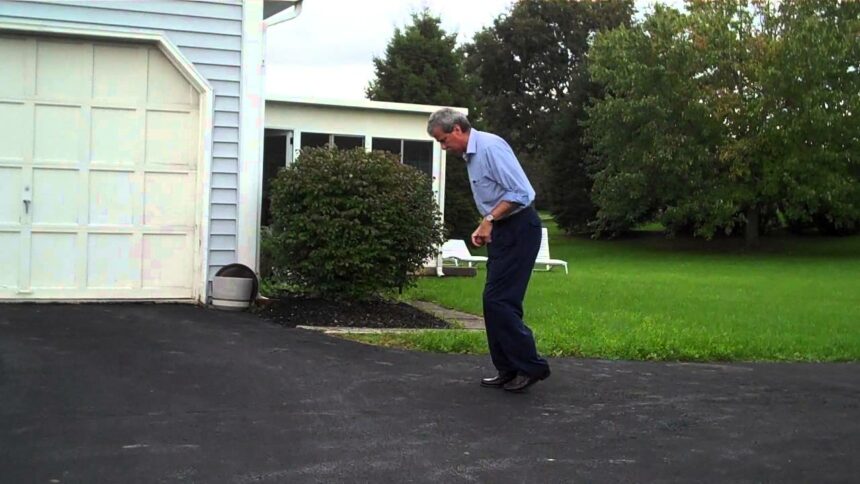In a groundbreaking development reported in Nature Medicine, researchers at the Swiss Federal Institute of Technology in Lausanne (EPFL) have unveiled an experimental spinal implant that significantly improved mobility for an individual with advanced Parkinson’s disease.

The neuroprosthetic device, surgically implanted in the lower back over the lumbosacral spinal cord, delivered electrical stimulation to specific regions, activating the network of neurons connecting the spinal cord and leg muscles. This innovative technology allowed the participant, Marc Gauthier, to walk fluidly and navigate challenging terrain without falling — a feat he couldn’t achieve before the treatment.
Jocelyne Bloch, a neurosurgeon at EPFL and a lead author of the paper, highlighted the impressive two-year duration of the treatment’s effects, emphasizing the lack of available therapies for severe gait problems in later stages of Parkinson’s.
However, with only one participant tested, the efficacy for a broader population remains uncertain. Susan Harkema, a neuroscientist at the University of Louisville, stressed the need for a randomized, controlled trial to validate the approach.
The spinal cord stimulation technique has previously shown promise in improving gait for Parkinson’s patients, but results have been modest and inconsistent. Unlike previous approaches, the EPFL researchers personalized the stimulation for Gauthier by gathering data on his walking deficits and patterns and adjusting the stimulation accordingly.
Grégoire Courtine, the neuroscientist at EPFL who developed the technique, highlighted the novelty of leveraging their understanding of spinal cord stimulation precision in the context of Parkinson’s.
Despite optimism, some experts caution that more extensive studies are needed to conclusively determine the effectiveness of this approach. Bloch and Courtine plan to expand their research by studying the stimulation treatment in six additional people with Parkinson’s next year.

For Gauthier, the impact has been life-changing, significantly improving his quality of life. Before the procedure, he struggled with freezing gait, falling multiple times a day, and limiting his daily activities. Now, he attests to the positive transformation, noting the absence of freezing of gait and the newfound ability to engage in once-impossible activities.
This experimental spinal implant presents a potential breakthrough in addressing the challenging symptoms of Parkinson’s disease, offering hope for improved treatments and enhanced quality of life for those affected by the condition.








